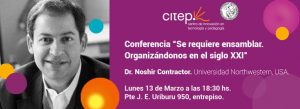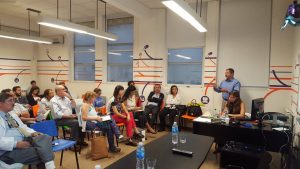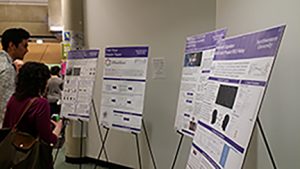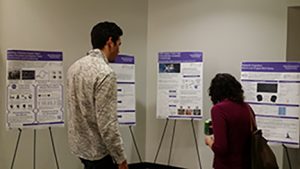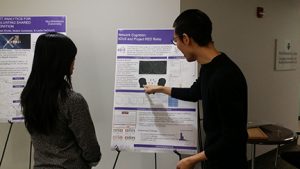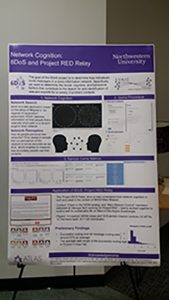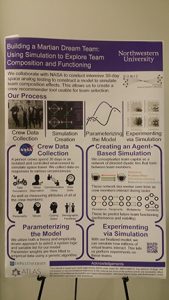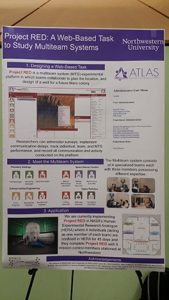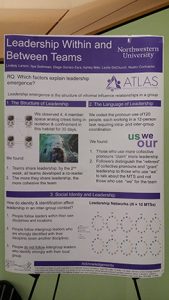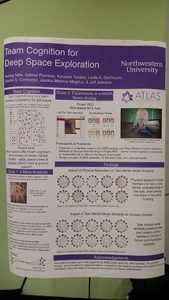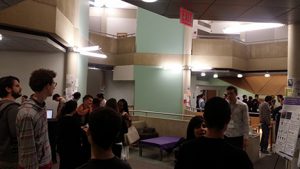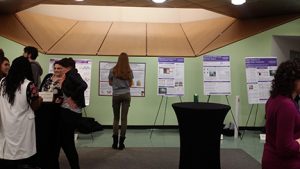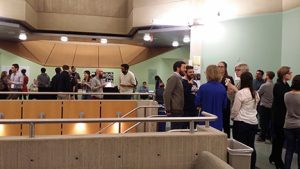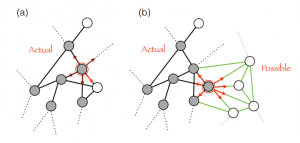The 8th ANN-SONIC International Workshop on Network Theory is being held at the University of Southern California (USC) on March 23-24, 2017. The theme this year is “Wisdom in Networks.”
For details on program, speakers the participants for this invitational workshop please see this link.
SONIC and ATLAS students presented three posters at the workshop:
Kyosuke Tanaka, Mo Ran, Jeremy Piech, & Noshir Contractor, Follow the Crowds? A Quasi-Experimental Study of “Social Signal” Effects on Online Design Ratings.
Jacqueline Ng, Leslie A. DeChurch, & Noshir S. Contractor, Information Sharing in Virtual Teams: How Group Information Processing Norms Affect Online Team Discussions.
Lindsay Larson, Diego Gomez-Zara, Benjamin Jones, Leslie DeChurch, & Noshir Contractor, The Language of Leadership Networks in Multiteam Systems.
The workshop is being organized by the Annenberg Networks Network (ANN) at the University of Southern California, the Science of Networks in Communities (SONIC) research group at the Northwestern University.

